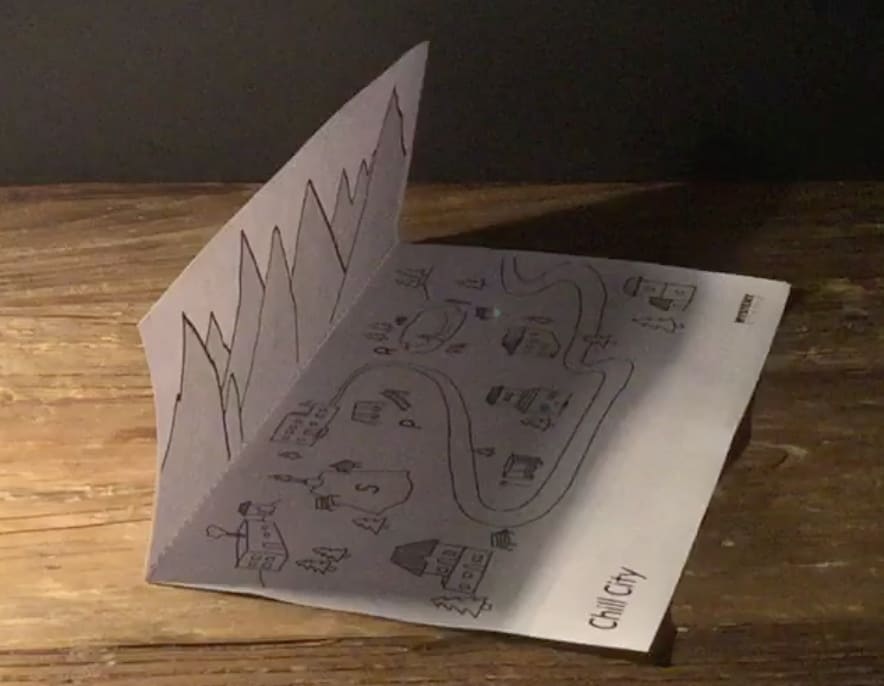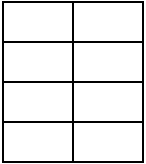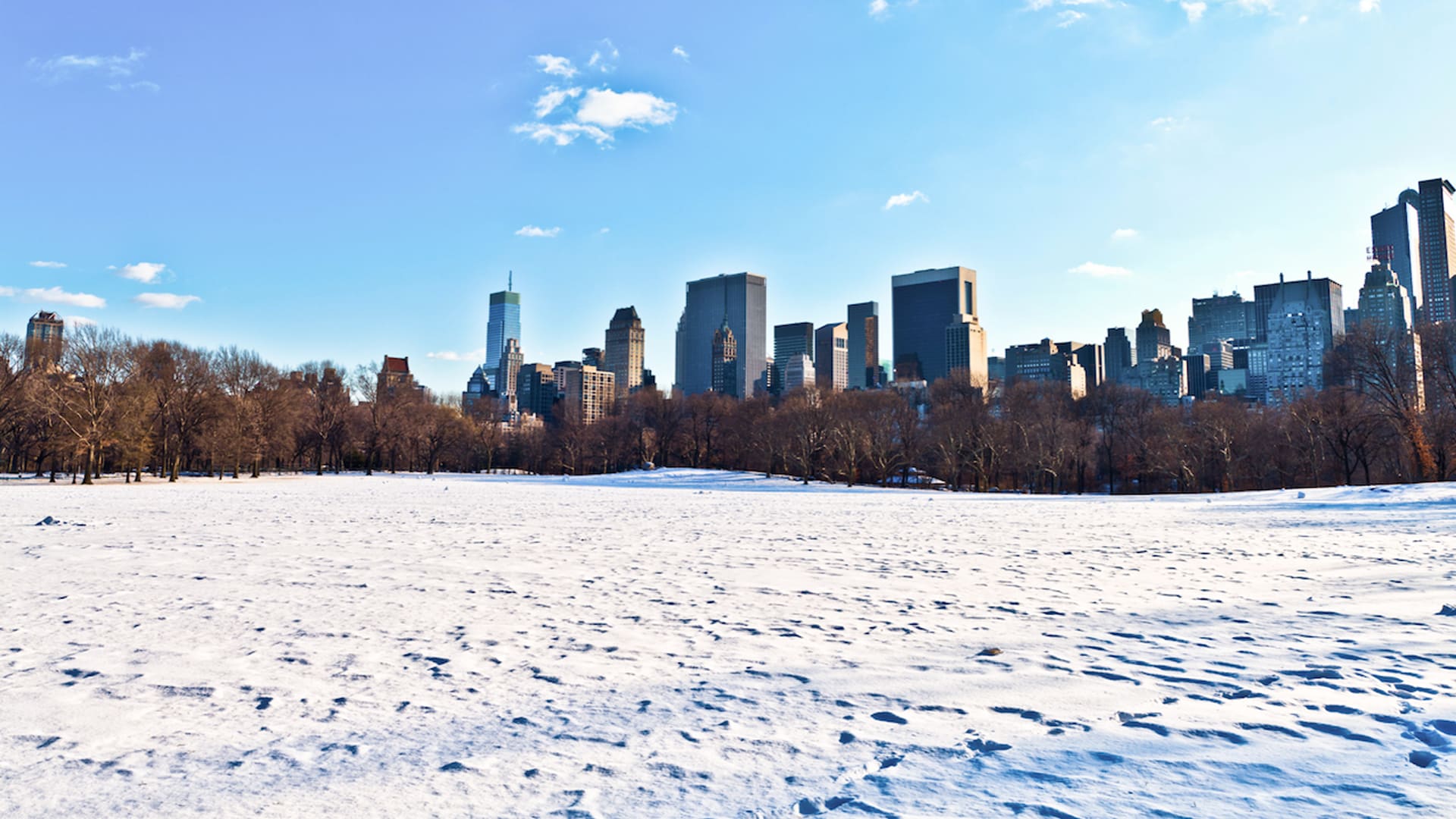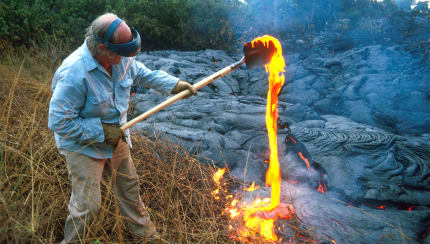We suggest students work in pairs. Homeschool students can work on their own.
Find A Source of Light
In this activity, students fold their worksheet so that part of the paper acts as the mountains, casting a shadow over “Chill City,” the paper town on the worksheet. For this to work, you need a light source that is NOT overhead. We have used desk lamps, table lamps, or light from a window.

If your window isn’t bright enough, a table lamp with no shade can work well as a source of “sunlight.” Put the lamp on the floor and have students sit in a circle around it. To test your light source to make sure it will work, or this activity, we recommend that you print out a copy of the Chill City worksheet and try steps 3 to 6 of the activity instructions.
Prepare Materials
Cut each report cover into two sheets at the fold. Then cut each sheet into 8 equal pieces, like this:

Do the same for the black construction paper, colored construction paper, and aluminum foil.
Assemble Envelopes
For each pair of students, assemble an envelope of supplies containing:
- 3" x 5" card
- 3” x 5” piece of aluminum foil
- piece of clear plastic
- piece of black construction paper
- piece of colored construction paper











